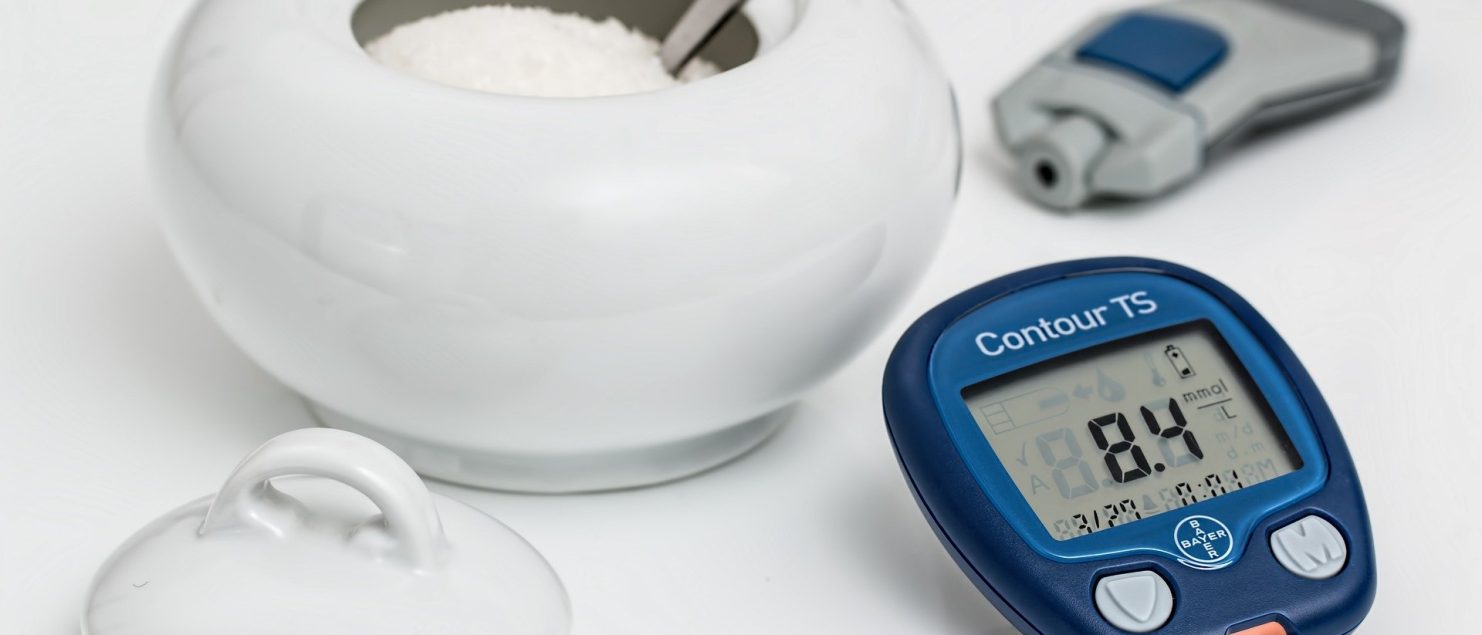Type I or type II diabetes?
We still know too little about diabetes, even though we hear about it almost every day. We think it doesn't affect us and will never happen to us. Will it? Does our daily diet and our lifestyle adequately meet our body's needs? And yet the stakes are high. Many diabetics die prematurely because of the severe complications the disease brings. Improperly treated diabetes attacks various organs and systems of the body, which is why diabetes education is so important.
On the topic of diabetes, insulin administration, and sugar control, we spoke with diabetes nurse specialist Ms. Alina Linkiewicz.
How to recognize diabetes and what symptoms should worry us?
- The most commonly observed symptom of the disease is increased thirst, without good reason. Drinking several liters of fluids a day, while dehydrating the body, may indicate the development of diabetes. Other signs of diabetic problems are sluggishness, lack of stamina, rapid fatigue, for which electrolyte disorders may be responsible. Inflammation of the urinary tract and genital area is also characteristic. The cause is urine with a large amount of glucose, which is an excellent breeding ground for bacteria.
Observation of alarming changes should prompt us to visit the doctor quickly. The disease can be confirmed by a blood and urine test for sugar. If the blood glucose at any time of the day is higher than 200 mg/dl, and the fasting test result exceeds 125 mg/dl, we can talk about the diagnosis of diabetes.
Type I diabetes
Type I (insulin-dependent) diabetes most often begins in childhood or adolescence, although there are cases of the disease at any age.
It is an autoimmune disease and involves the destruction of pancreatic cells that produce insulin. There is a deficiency of insulin from the beginning of the disease.
Symptoms include frequent urination, increased thirst, weight loss despite a large appetite, lethargy, weakness, nausea. Sometimes it runs so rapidly that a diabetic coma occurs.
Treatment from the beginning consists of administering insulin. The patient can basically eat anything, just needs to adjust the right amount of the drug to it. Unfortunately, this requires a lot of discipline, measuring sugar several times a day.
Type II diabetes
Type II diabetes occurs mainly in adults, although in recent years there has been concern about increasing cases among children.
The disease is caused by genetic and environmental factors, and is very often associated with obesity. The essence of the disease is not the lack of insulin only the improper action of insulin in the tissues (this is called insulin resistance), which leads to elevated blood glucose levels.
The onset of type II diabetes is easy to miss. For many years, glucose levels may be at slightly elevated levels and only a blood test can show abnormalities. Unfortunately, during this asymptomatic period, changes are taking place in the blood vessels that promote atherosclerosis. Sometimes complications precede the diagnosis of diabetes.
Treatment of type II diabetes is based on healthy, regular meals that limit simple sugars and animal fats.
Is it possible to function normally with diabetes, work, enjoy various sports activities, etc.? ...
- This is what we are mainly concerned about. A patient who learns that he has diabetes must learn to live with the disease. It is known that long-term persistence of high blood glucose levels leads to, among other things, damage to certain tissues and organs. Therefore, we must teach the patient self-monitoring - measuring blood glucose levels with a glucometer and, in the case of insulin therapy, dosing the drug according to sugar levels. Insulin cannot be administered orally, but only subcutaneously. Vials of insulin are adapted to "injectors" that allow self-dosing and administration of insulin. The dose can be adjusted depending on the sugar level before meals and the type of physical activity.
What diet in diabetes and what about exercise....
- Contrary to appearances, the diabetic diet is not just about eliminating sugar. It includes a number of recommendations regarding the timing and quality of meals. It should be selected individually for each patient and take into account his age, gender, weight, type of treatment (insulin therapy or pharmacotherapy).
People who are overweight will, of course, be prescribed a diet that limits caloric intake and leads to weight reduction. However, it is important to remember that restrictive diets or starvation are not advisable with diabetes. In some cases (type 1 diabetes) malnutrition can occur. Then a higher energy diet is used.
An important rule in the diet is regular meals, which should be eaten every 3 hours (5 meals a day). The diet should be properly balanced, i.e. contain properly selected nutrients - proteins, fats and carbohydrates. It is not advisable to consume animal fats and a large amount of red meat. People with diabetes, of course, must not consume sugar, and it is best to give up alcohol altogether.
Physical activity also has an invaluable effect on the treatment of diabetes. Exercise, properly dosed, lowers blood glucose levels, reduces blood pressure, lowers the risk of heart attack and stroke, and reduces the body's need for insulin. Physical activity should be tailored to the patient's overall health, fitness and exercise tolerance. Weight-bearing exercises are not advisable, while cycling, jogging, swimming and fast walking are recommended. However, beforehand you should consult your doctor, who will recommend the appropriate insulin dosage before the planned exercise. The idea is to avoid hypoglycemia, that is, a rapid drop in blood sugar, which can even result in unconsciousness.
In all the education of a patient with diabetes, it is important to convince him that he is not alone, that there are many people and specialists offering help, and that it is possible to live normally with the disease. This is not easy, but as much as possible if the right cooperation is given. Consult a specialist free of charge.

